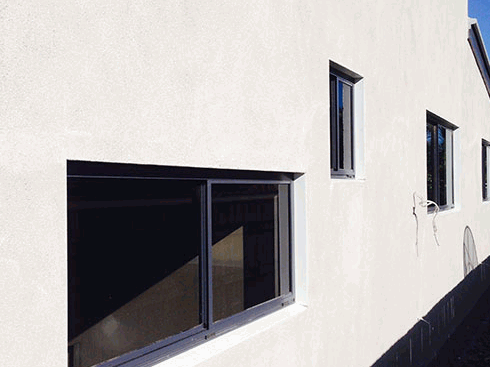Table Of Contents
There are a number of reasons why you might decide to render your home. They may be looking to add an extra layer of external wall insulation, they might be trying to provide their property proper with weather protection or they may simply just want to improve the curb appeal and property value.
Whatever the reason, once someone decides to render their home, they will need to decide which type of render to use. There are 7 main different types of render to choose from, all with their own pros and cons and different levels of maintenance.
Check out: Using accent walls to add style to the home
Sand And Cement Render
Typically, sand and cement render will be made using a mixture that is 1 part cement, 1 part lime, and 6 parts sand. This makes it a relatively inexpensive rendering material, which is why it gets used so frequently.
Sand and cement render can be really good. It can produce a smooth and aesthetically pleasing finish, it can be made in a number of colours and textures, it is reasonably weather resistant and damp resistant, and it's cheap.
The downside, though, is that cement rendering does not last particularly well. The materials used do not owe themselves to being particularly flexible, and as such they do tend to crack and shrink. This makes it one of the higher maintenance renders. Cement render will need replacing and re-rendering relatively frequently, and may also need repainting if chalking occurs.
Whilst cement rendering is cheap, sand and cement render is often considered one of the worst rendering materials to use in terms of cost-effectiveness and maintenance requirements.
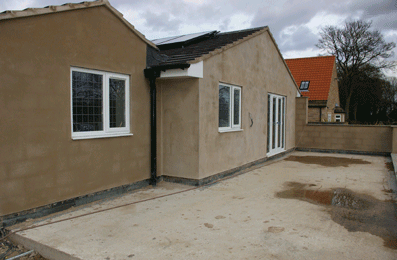
Lime Render
Lime render is the most breathable rendering material out there and works on most rendering projects. It is arguably the best out of the different types of render for rendering wooden framed or period houses as it is super flexible and can change as required. It is slightly more modern than some of the other traditional cement renders.
Made out of 1 part lime and 3 parts sand, lime render is most frequently used to cover low-quality walls like porous exposed brick. It is sometimes used as an undercoat to finish the surface.
The benefits of lime render are that it is very sleek, easy to repair, provides proper weather protection, is a good option for external wall insulation, protects against dampness and is less likely than sand and cement render to crack. Lime render is much more crack resistant than cement render because of its flexibility.
This makes it a lower maintenance rendering material. It is likely to need washing occasionally, and will after around 7 or 8 years need re-rendering, but it will outlast cement render for sure.
Check out: The rustic appeal of brick wall interiors
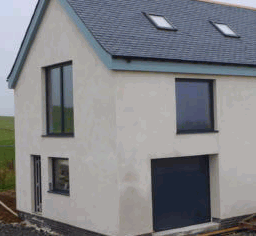
Acrylic Render
Acrylic render is a much more modern rendering technique. It, like other modern renders, can be costly but is usually worth it. It is a mixture of cement and plastic, adding much-needed flexibility to the cement render.
Acrylic render is often considered one of the best rendering techniques out there, and for good reason. It's weather resistant, it dries fast, provides a smooth finish, is crack resistant, breathable and durable. It lasts much longer than traditional cement render, despite being a cement-based render, meaning that whilst it is more expensive you do tend to get more for your money.
When it comes to maintenance, acrylic renders will need to be cleaned periodically with a pressure washer and a mild detergent. This should remove marks and stains. If there are issues with things like algae, a fungicide wash can be used.
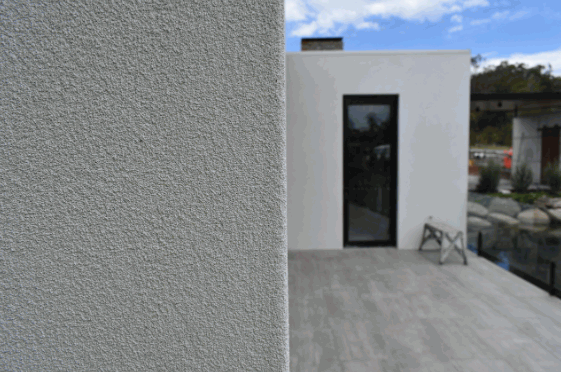
Monocouche Render
Monocouche is a dry powdered render with a coloured pigment. It is super breathable and for that reason it is one of the most commonly used types of render in the UK. There are a number of monocouche brands available to homeowners, including:
- K rend
- Parex
- Weber
Monocouche rendering has a chalky finish, and is sometimes compared to sand and cement render as a result. But in reality, they are very different. Monocouche render is easy to use, requires no paint, lasts up to 10 years, is sufficiently weather resistant, provides external wall insulation, is flexible, and the colour in the render will remain bright for the entire 10 years.
To maintain monocouche render, you must use a mild pressure washer and a light detergent, just like with acrylic render. Do not use the pressure washer on too high a setting as it can damage the house rendering.
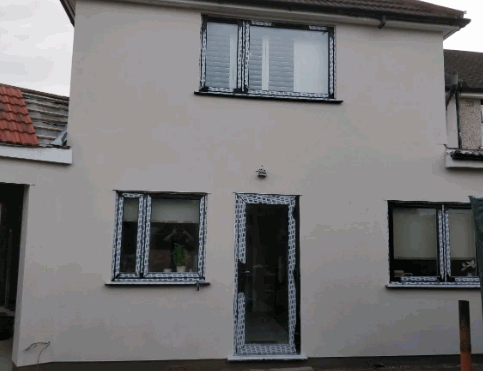
Silicone Render
Silicone render is often considered one of the best types of render out there. It is incredibly crack resistant and it can be applied as a very thin coat. It is super effective, but it can be quite costly. As a render silicone render does still have some issues but generally is more durable.
Silicone render is easy to apply. The render adheres very well, and the process is much less labour (and subsequently fewer labour costs).
The benefits of silicone renders are that they are highly durable, crack resistant, self-coloured, breathable, easy to apply and it also does a great job at protecting properties from the natural elements.
Silicone render is similar to acrylic renders, and both acrylic and silicone renders can be cleaned using a pressure washer and mild detergent as and when necessary.
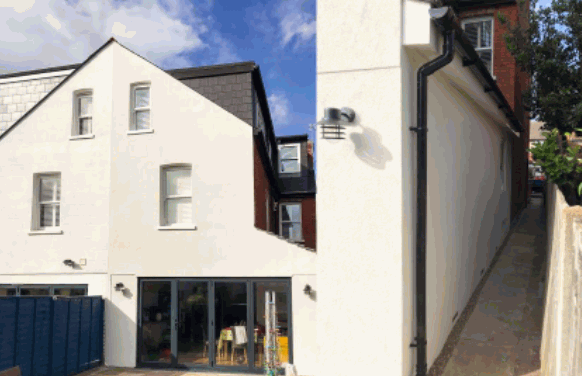
Clay Render
Clay render is sometimes called the earth render, and it is a cement free render for house rendering projects. It is an incredibly traditional render and is usually made from water, clay and sand. Sometimes, in the past, animal dung and straw was added.
Clay render is not common now, as it does not provide any protection and it is not an appearance that many people opt for.
Polymer Render
Polymer render is a cement render that adheres well to all the surfaces. It is designed with adhesion in mind. It provides extra waterproofing and is often used in bathrooms or laundry rooms.
